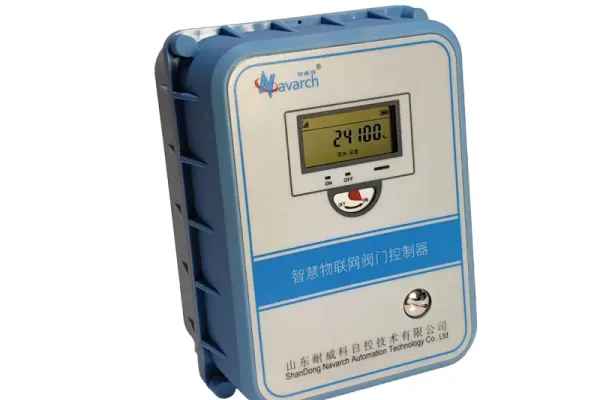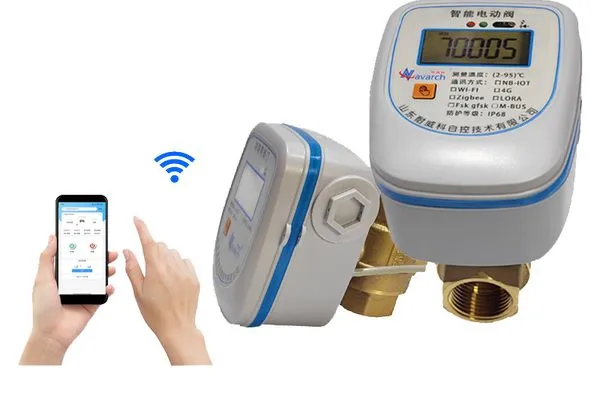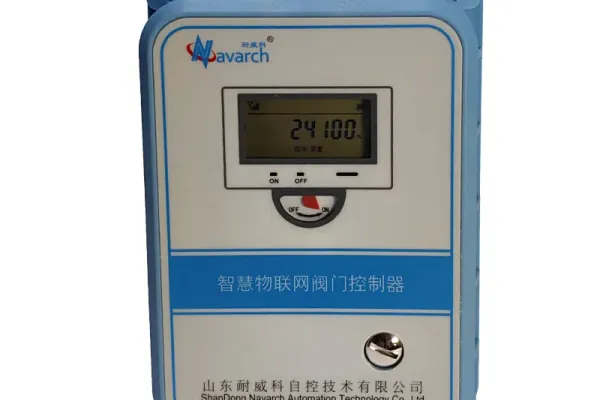Avoid your inquiry is delay response, please enter your WhatsApp/WeChat/Skype along with the message, so we can contact you at the very first time
We will reply you within 24 hours. If for urgent case, please add WhatsApp: +8613188899036, or WeChat: 0531-87968777. Or call 0531-87968777 directly.
* We respect your confidentiality and all information are protected. We will only use your information to respond to your inquiry and will never send unsolicited emails or promotional messages.
Electrical valves are key components in modern control systems, enabling the precise regulation of fluid flow. But what exactly is their function, and how do they impact various industries?
An electrical valve uses electrical signals to control the flow of fluids or gases in systems, providing automated, precise regulation, and improving system efficiency.

Electrical valve function
To truly understand how electrical valves work and what they can do for your system, we need to break down their function and applications in different industries. Let’s start with some key concepts.
Electric control valves are essential in industries that rely on fluid and gas regulation. So, what makes an electric control valve1 so special?
An electric control valve uses electrical signals to control the position of the valve, regulating the flow of fluids or gases. These valves offer high precision in automated systems2.

Electric control valve
Electric control valves are widely used in applications where the flow, pressure, or temperature of a fluid needs to be accurately controlled. These valves work by using an electric actuator to move the valve’s mechanism (like a ball or butterfly valve), adjusting the flow of a fluid or gas.
One of the main advantages of an electric control valve is its ability to operate autonomously based on pre-set parameters. For example, in a heating system, the electric valve can automatically adjust the flow of water to maintain a consistent temperature, improving energy efficiency and reducing the need for manual intervention.
Electric control valves are typically paired with sensors and controllers to monitor real-time conditions. This integration helps maintain system stability, reduce energy waste, and improve operational reliability.
Electronic valves are becoming increasingly common in many industries. But how do they operate, and what makes them different from manual valves?
Electronic valves use electrical signals to control the movement of the valve mechanism, allowing precise control over fluid flow. These valves are often integrated into automated systems for seamless operation.
Electronic valves work by using an electric actuator3 to move the valve’s internal components. The actuator receives electrical signals from a controller, which instructs the valve to open or close, or adjust to a specific flow rate or pressure.
The valve’s response to these electrical signals can be highly accurate, making electronic valves ideal for applications that require precise regulation. For instance, in an HVAC system, the valve might control the flow of refrigerant or water based on the room’s temperature, ensuring consistent climate control throughout the space.
A valve operated by an electric circuit plays a significant role in automated systems. But what is the correct term for such a valve?
A valve operated by an electric circuit is typically referred to as an electric valve or electric-actuated valve, which uses an electric actuator to control the valve’s operation.

Electric actuator valve
Electric valves, or electric-actuated valves, are essential for systems requiring automated flow control. These valves use an electric actuator that receives signals from a controller to adjust the valve’s position, regulating the flow of fluids or gases in a pipeline. Electric valves are found in many systems, such as HVAC, water treatment, and industrial applications.
Unlike manual valves, which require physical effort to open or close, electric valves operate automatically, providing faster response times and better precision. In automated systems, these valves work seamlessly with sensors and control systems to optimize performance and efficiency.
Electric valves are critical in applications that require constant monitoring and adjustment, ensuring systems run smoothly without human intervention.
Electric valves come in various types, but what are they called in the industry? Let’s break it down.
The name of the electric valve often depends on its design and application. Common types include electric ball valves, electric butterfly valves4, and electric globe valves.
In the industry, electric valves are usually named based on their design and how they operate. Some of the most common types include:
The choice of electric valve depends on the specific requirements of the system. For example, an electric ball valve is often used when quick on/off operation is needed, while a globe valve is better suited for controlling flow rate in a more controlled manner. Additionally, the size of the pipeline, the fluid type, and the system pressure all influence the selection.
Electric valves are vital for system automation, offering precise control and improving efficiency across many industries. Understanding the different types and applications helps ensure the right choice for your system.